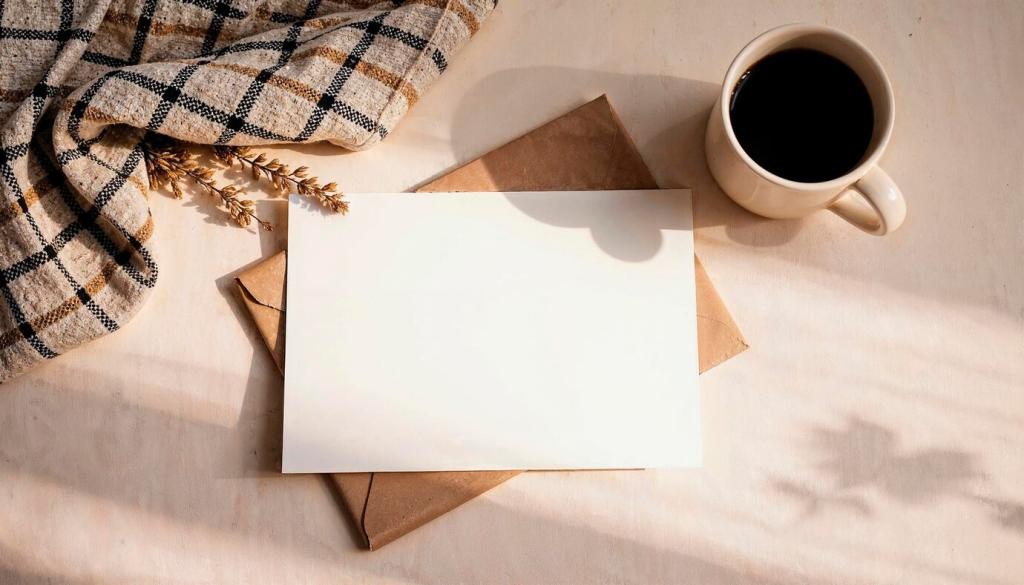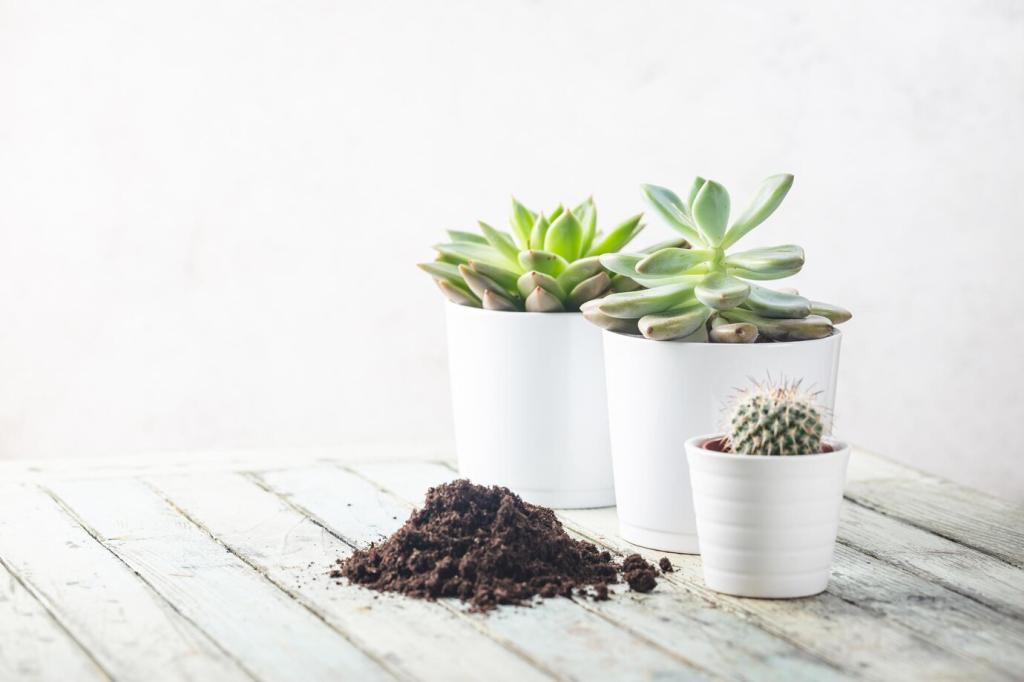Styling Stories: Real Homes, Real Lessons
A reader replaced cluttered posters with a single continuous-line portrait above a café table. The room felt larger overnight, inspiring them to declutter shelves and linger longer with morning coffee and softer music.
Styling Stories: Real Homes, Real Lessons
In a busy family room, two black-and-white geometric prints lowered visual noise. Conversations grew calmer, toys were stored more intentionally, and movie nights felt cozy instead of chaotic.


